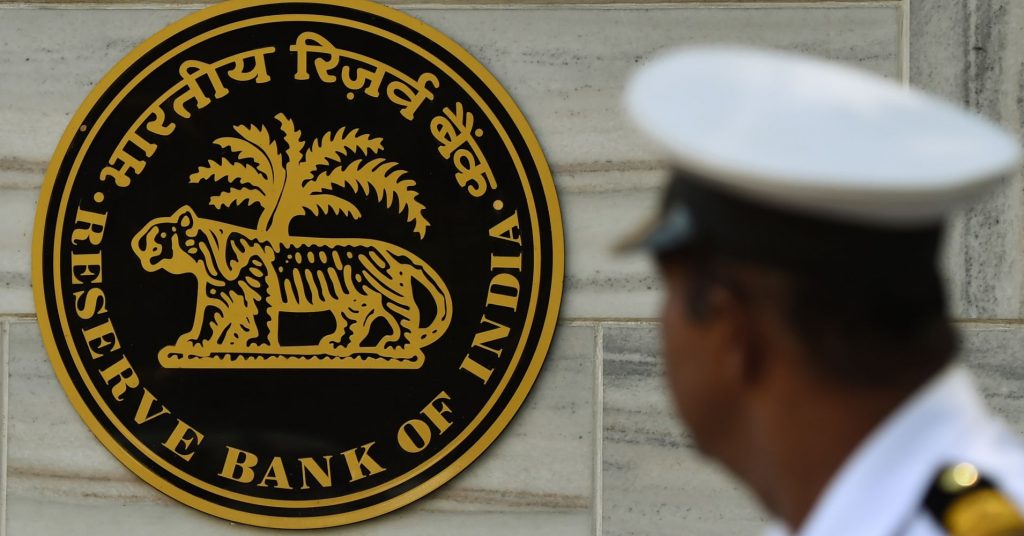
U.K. Prime Minister Theresa May is heading to Brussels on Thursday seeking changes to the Brexit deal with the European Union (EU) with just 50 days to go until the Brexit departure date.
May is due to meet with EU officials including European Commission President Jean-Claude Juncker, European Council President Donald Tusk and the European parliament’s Antonio Tajani on Thursday.
The thorny subject of the Irish “backstop” – something of an insurance policy designed to prevent a hard border between the Republic of Ireland and Northern Ireland if there’s no trade deal between the U.K. and EU – will be the main topic of debate.
May is seeking changes to the backstop arrangement within the Brexit deal (known formally as the “Withdrawal Agreement”) because of widespread objection to it in the U.K. Parliament.
She is expected to tell her European counterparts Thursday that the U.K. “cannot, and will not, be trapped in the backstop,” according to remarks released by Downing Street. The U.K. is exploring “alternative arrangements” and legal provisions to the current backstop, the statement said.
The EU has said repeatedly that it will not renegotiate the withdrawal agreement, however. Speaking on Wednesday, European Council President Donald Tusk said the EU would “insist” on the backstop.
The backstop is controversial because it would mean that Northern Ireland remains aligned to EU trading rules, has an indefinite time limit and requires the EU to approve the U.K. leaving the arrangement. Nonetheless, the backstop only meant to kick into action if the EU and U.K. fail to strike a trade deal in a 21-month transition period that follows the U.K.’s departure date from the EU on March 29.
The pressure to get concessions from the EU over the backstop is extremely high at home. A majority of the U.K. Parliament rejected May’s Brexit deal with the EU in January, largely because of opposition to the “backstop” policy.
Now, if there are no changes to the withdrawal agreement, the deal remains unapproved and the risk of a “no-deal” Brexit – the now infamous “cliff-edge” scenario where Britain leaves the EU abruptly on March 29 with no 21-month transition period and reverts to WTO trading rules.
If May can extract some concessions, a second parliamentary vote on the Brexit deal (known as a “meaningful vote”) could be held at the end of February, the Telegraph newspaper reported late on Wednesday. If the deal is yet again rejected, it leaves little time for any last-minute negotiations and Parliament could end up requesting an extension to the departure date.
To add to pressure on May, Irish nationalist party Sinn Fein warned London of a unity referendum in case of no-deal Brexit. A unity referendum involves unifying Ireland with Northern Ireland.
With Remainers and Brexiteers in the U.K. Parliament at loggerheads over what sort of Brexit they want, and what degree of separation from the EU, is acceptable, there is palpable frustration in Europe at the lack of progress, and lack of clarity, from Britain when it comes to Brexit.
European Council President Tusk caused a stir Wednesday when he said there was a “special place in hell” for those who promoted Brexit without “even a sketch of a plan” on how to deliver it, sparking anger among pro-Brexit campaigners in the U.K.
With tensions rising and intentions seemingly far apart between Britain and the U.K., analysts have low expectations for the meeting, with Chris Scicluna and Mantas Vanagas from Daiwa Capital Markets saying in a note Wednesday that they expect “fruitless discussions” between May and Juncker.
While the risk of a no-deal Brexit remains high, according to S&P Global Ratings, the “political incentive for the U.K. and the EU to negotiate an orderly outcome remains very strong,” the ratings agency said in a report Wednesday.
It warned that a no-deal Brexit could result in negative revisions to its outlooks. “In case of no deal, where short-term disruption proves to be material enough to undermine competitiveness and operational performance, then downgrades could also occur, particularly for certain non-financial corporates,” S&P Global Ratings credit analyst Paul Watters said.

